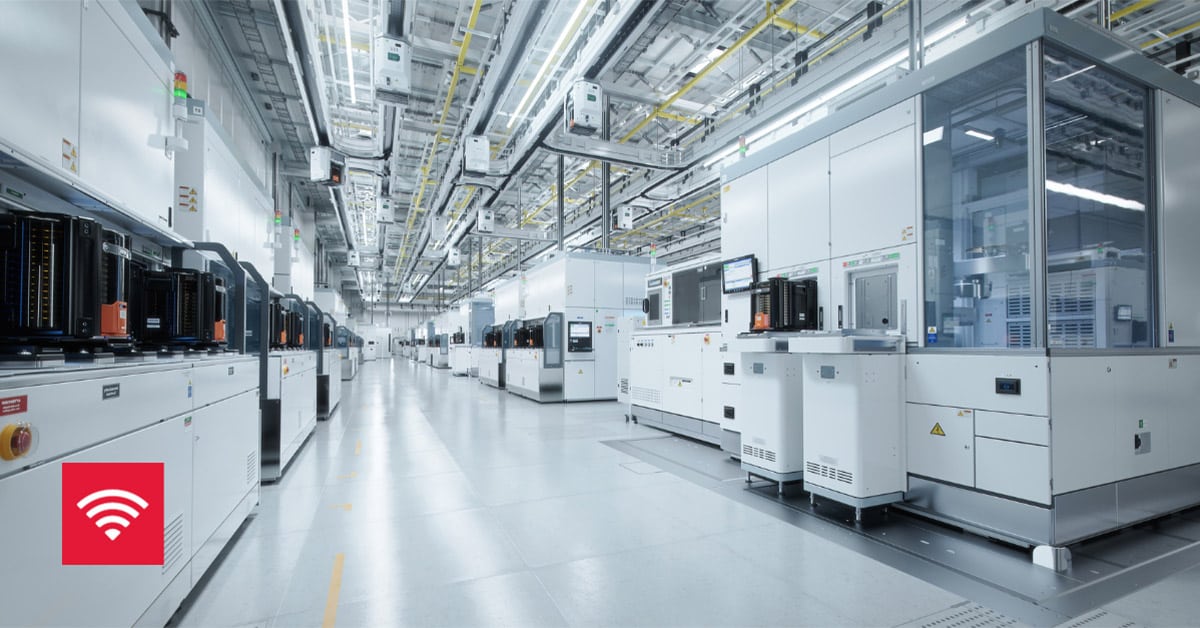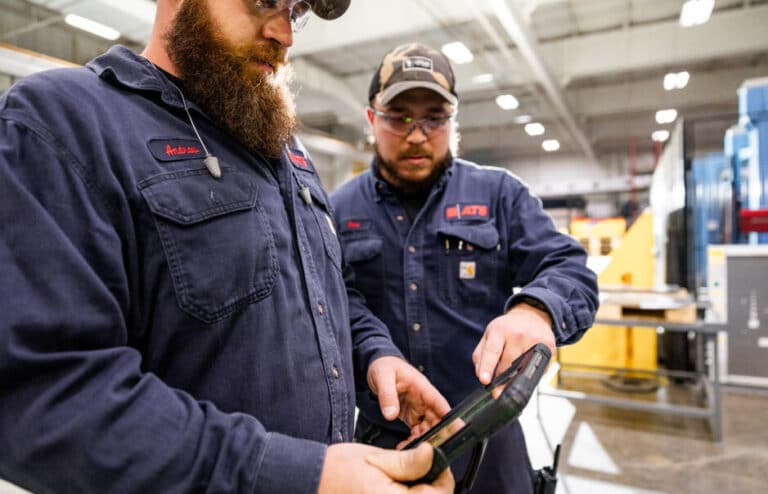When machines were run by operators, often, the first warning of an impending problem was when they heard an unusual sound, felt a strange vibration, or smelled an unfamiliar odor. Today, manufacturing machinery and other industrial equipment can be fitted with one or more types of condition monitoring sensors to achieve the same result.
Implemented as part of a predictive maintenance program, condition monitoring techniques enable early detection of deviations from normal operating conditions. This lets the maintenance team schedule inspection and repair work at a time that’s convenient for production while also preventing breakdowns.
Other benefits are:
- Unplanned downtime is reduced
- Higher OEE
- Emergency repairs (and premium costs) are avoided
- Simplified spare parts inventory and procurement
- Unnecessary maintenance is not done
- Lower costs
There’s a long list of sensors that can be used for condition monitoring. Almost all fit into one or more of the following 11 types of condition monitoring techniques.
1. Vibration monitoring
Rotating machinery has characteristic vibration signatures that reflect parameters such as state of balance and bearing condition. Damage will cause a step change in frequency and/or amplitude while wear in bearings and journals will show up as a gradual increase in amplitude.
Vibration analysis is one of the oldest types of condition-based monitoring and is effective for detecting tool damage or bearing faults. It’s applied to pumps, motors, gearboxes, compressors and anywhere else vibration signatures remain stable during normal operation.
2. Temperature monitoring
Accurate temperature measurement enables one of the most important types of condition-based maintenance. Many machines perform at their best within a narrow temperature band. Drifting outside of this can indicate a problem that could cause quality problems, accelerate wear or increase energy consumption.
Industrial temperature sensors provide continuous, real-time monitoring of the location in which they are installed. Examples include motor housings, bearing journals and electrical cabinets.
3. Pressure monitoring
Countless industrial processes rely on fluids being held and delivered at specific pressures. Others use vacuum. For both, industrial pressure sensors can provide continuous, real-time monitoring and trigger an alarm whenever an abnormal condition or event occurs. This improves safety and enables precise process control while protecting against equipment damage and product loss.
4. Humidity monitoring
Humidity can have a significant impact on the quality of certain products, including food, pharmaceuticals and medical devices. It also has the potential to harm valuable equipment through corrosion and rust. Implementing humidity sensors throughout production and processing areas enables industrial operations to keep track of the amount of moisture present in the air to help with quality control, predictive maintenance and more.
5. Ultrasonic monitoring
Ultrasound is sound at a frequency far above what humans can detect. It’s used in condition monitoring in two ways: to detect leaks and to find flaws or defects inside a structure. Ultrasonic leak detection is like hearing the whistle of a kettle boiling. When pressurized gas escapes, it emits a high frequency sound picked up by leak detectors.
Ultrasound for internal flaw detection involves sending high-frequency sound into a solid structure, such as a casting, and measuring how it’s transmitted, reflected and refracted. Anomalies are discovered when the sound waves take an unexpected path.
6. Motor monitoring
Motors are ubiquitous in industrial and manufacturing settings and failure or inefficient operation can be costly. Motor condition monitoring refers to a family of techniques used to detect abnormal operation. Chief among these is motor circuit analysis (MCA). In this offline technique, (the motor must be briefly taken out of service), AC signals are fed into the motor, with the response indicating resistive, capacitive and inductive performance.
Other techniques used to monitor motor condition include vibration, temperature, and current draw or power consumption.
7. Electrical monitoring
Electrical faults can pose serious safety hazards and cause overheating and fires. Electrical monitoring, of which the previously mentioned MCA is one type, covers a family of sensing techniques including impedance, resistance and surge testing.
In addition, power consumption is a valuable metric for monitoring machine operation. It can signal when operating conditions are less than optimum and can provide data on equipment status for automated OEE calculation.
8. Oil analysis
Oil accumulates microscopic debris particles as it lubricates and cools gearboxes, slides and other mechanisms. Under the influence of heat and pressure, it also oxidizes and changes in viscosity, which reduces its ability to do its job.
Oil analysis involves measuring constituents and key parameters to assess oil condition and determine which machine components are experiencing wear. Sensors can be installed in the lubrication system to monitor oil condition continuously, but more thorough examination requires laboratory analysis.
9. Thermographic testing
Thermography is a non-contact method of measuring temperature over an area. It’s performed with a camera capable of detecting infrared thermal emissions. Thermography is extremely valuable in predictive maintenance because it can provide early warning of emerging problems.
Common applications include monitoring bearings, motors and electrical cabinets. It can also detect leaks as these may show up as hotter or colder than the surrounding area. Thermographic testing can be performed manually with a handheld unit or can be automated with fixed position sensors, and the image analysis can be either quantitative or qualitative.
10. Electromagnetic measurement
This technique entails using magnetic fields to detect anomalous conditions. Eddy current sensors are widely used for crack detection, and this is one condition monitoring application, but others are corrosion and wear measurement.
11. Laser interferometry
This condition monitoring technique uses coherent laser light to detect surface and subsurface defects by measuring changes in interference patterns. It can also detect strain in some materials.
Supporting predictive maintenance with condition monitoring
A major limitation of time-based or scheduled maintenance is that work may be done more often than is needed. If it is not done frequently enough, the risk of breakdowns rises.
Predictive maintenance addresses this by using machine condition data to identify early signs of impending trouble. This gives the maintenance team time to schedule work for when it causes the least inconvenience to production and for when specialized equipment is available. It also enables more cost-effective spare parts procurement and inventory holding policies.
There are many types of condition monitoring technology — some require on-site monitoring, while others can be done remotely. Selecting the most appropriate for a given application requires a detailed understanding of the options and familiarity with their use.
ATS has extensive expertise in predictive maintenance and condition monitoring. Reach out to learn more and get started for improved uptime and efficiency!


